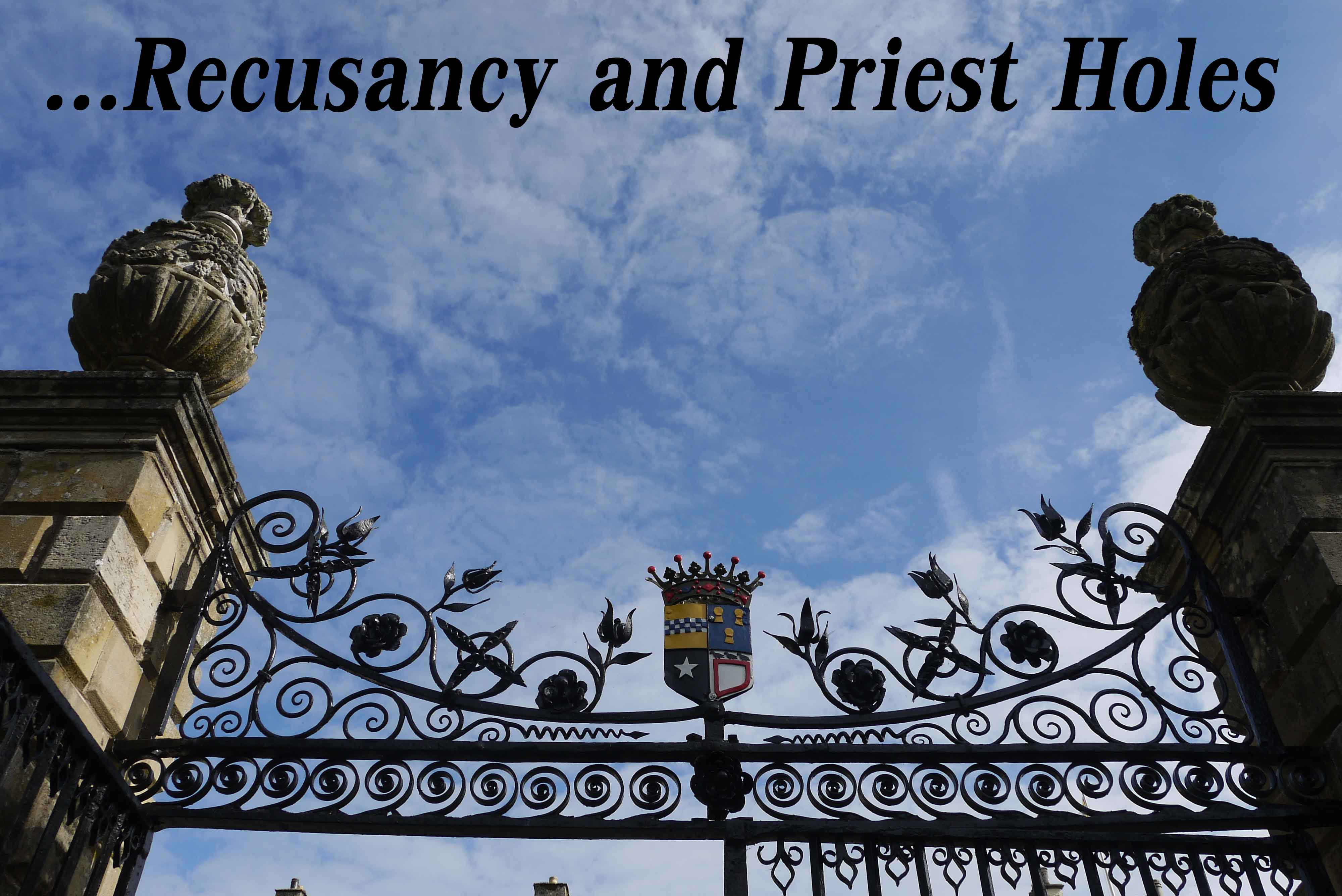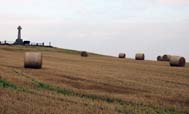Information from The Assembly House website:
Designed by architect Thomas Ivory in 1754 on the site of a medieval chapel, no expense was spared in the construction of the House, which historians view as one of the most important buildings in Norwich.
The Assembly House stands on land that was once crofts and fields on the outskirts of the Norman settlement in Norwich’s French quarter.
In 1248, John Le Brun founded the Hospital of the Blessed Virgin Mary here, a key civic space where assemblies were held. After the Dissolution in 1544, King Henry VIII granted the site to its last dean, Miles Spencer, who made part of it his private home. Fragments of this medieval past remain—bricked-up Tudor windows, hidden foundations, and remnants of medieval walls.
In 1573, the estate was purchased by Thomas Cornwallis, an MP involved in suppressing Kett’s Rebellion. He transformed it into Chapel of the Field House, adding a grand hall, gallery, kitchen, stable, and formal gardens. The property passed through notable owners, including Sir Henry Hobart, who expanded the estate to include what is now Chapelfield Gardens.
By the 18th century, the site had fallen into disuse until, in 1753, Norwich aldermen secured a 500-year lease to create a fashionable venue for assemblies, cards, and balls. Under architect Sir Thomas Ivory, The Assembly House opened in 1755 and became a hub for entertainment, hosting celebrations for Nelson’s Trafalgar victory, Queen Charlotte’s birthday, and Madame Tussaud’s waxwork exhibitions.
In the 20th century, it housed Norwich High School for Girls before being saved from demolition in 1935. During WWII, it became the Eastern Command Camouflage Office, narrowly escaping the Baedeker Raids.
A devastating fire in 1995 led to a restoration funded by the National Lottery, and in 2009, Richard Hughes and Iain Wilson took over the business arm of the House, adding luxury bedrooms and creating a vibrant multi-use venue. Today, The Assembly House remains a vibrant centre for arts, hospitality, and celebration in Norwich.
A more detailed history of the Assembly house can be found in a PDF document available here.




















You’re so posh!
I can afford Travelodge
And they don’t clean your room, unless you stay for at least 5 days!
You see, it’s not just the government, Travelodge is running out of £££!
You should try the Premier Inn, nice and cosy with room service